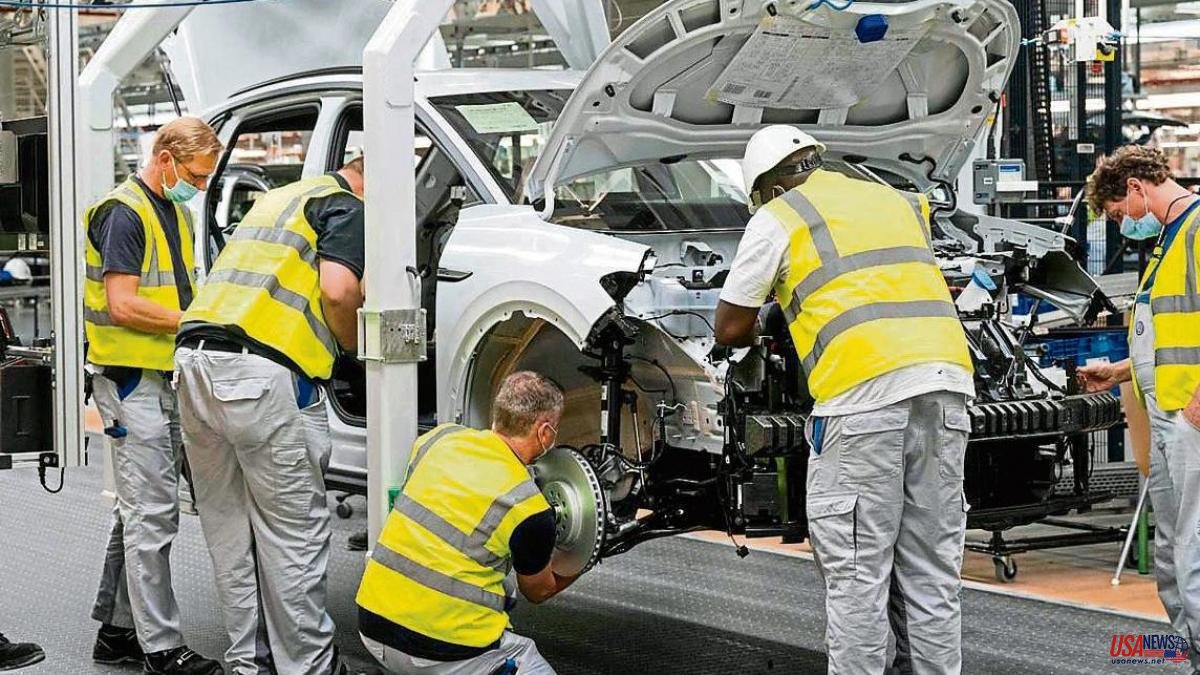If the future goes through the electric car, prepare the portfolio. Of the 6.6 million such vehicles (100% battery-powered or plug-in hybrids) sold in 2021, their global average price was up to 50% more expensive than traditional gasoline-powered cars. combustion. This is what emerges from the Global EV Outlook 2022 report presented yesterday in Paris by the International Energy Agency (IEA).
To understand the figures, you have to put a little context. This divergence does not occur in all countries. For example, in China it is only 10%. This is because the Asian giant is also the world's largest battery manufacturer and has many of the minerals on site, so it does not suffer from bottlenecks in the production of its electric vehicles.
Excluding China, the average price for battery-powered cars was just under €47,000 in 2021, up 3% from 2020, and more than €53,000 for the plug-in hybrid (up 4%). . In Europe these prices stand at 45,000 and 54,000 euros, respectively.
The fact that the electric cars that are sold are still so expensive on average compared to the traditional ones is also influenced by the type of model. For example, there are urban cars that have competitive offers, but the vast majority of zero-emission vehicles that are marketed in the world are not small, but large (and they are the ones that have a comparatively higher price).
Thus, SUV-type and higher category cars make up 57% of electric sales in China, 63% in Europe and are three out of four electric models sold in the US And this ends up being paid for.
The prospects for the future are uncertain, because the International Energy Agency points out that the rise in the prices of some essential elements for batteries (cobalt, nickel and especially lithium, which today is worth seven times more than a year ago) could to increase its price by 15% for this year, which ultimately would also end up causing an increase in the final product (the car) that is sold to the public. Always keeping in mind that other inflationary factors also weigh in the current price of automobiles (from the cost of electronics to the cost of transporting components).
In any case, the upward curve of these vehicles seems unstoppable. To give you an idea, in 2012 120,000 units were sold, which today is sold in a week. In the first quarter of 2022, sales rose 75% compared to the same period of the previous year, with two million vehicles. Public aid is essential: it doubled in 2021, to 28,000 million euros. Spain has the smallest share of vehicles with these characteristics (plug-in and pure electric) in Europe: they represent 8% of its market. But going up.













